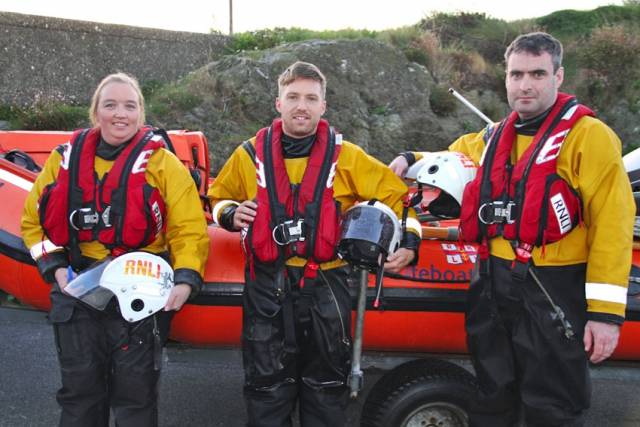#RNLI - Lifeboat volunteers with Wicklow RNLI responded to two callouts over the weekend, assisting a lone yachtsman and a person in the water.
The first came on Saturday 17 September as the all-weather lifeboat Annie Blaker launched at 2.55pm to assist a small yacht south of Wicklow harbour.
The vessel, with one person on board, had developed mechanical problems near the horseshoe buoy. With light winds, he was unable make his way back to Wicklow Harbour.
English yacht Amica, which was passing, made contact and attempted to tow the vessel back to Wicklow. However, with the tide against him and strong currents, they were unable to make much headway around Wicklow Head.
The lifeboat, under the command of coxswain Nick Keogh, located the vessel off Wicklow Head and a towline was quickly established. The yacht and the lone sailor were brought safely alongside the East Pier shortly after 3.45pm.
The second callout came yesterday morning (Sunday 18 September) at 6:45am after the Irish Coast Guard received a report of a person in the water at Wicklow Harbour. The inshore lifeboat crew arrived on scene at the South Quay a short time later.
Lifeboat volunteer Ian Thompson entered the water to rescue the casualty, who was disorientated and injured.
Thompson was able to assess and reassure the casualty before bringing him to a nearby ladder and, with the assistance of gardaí, the person was lifted to safety and transferred to a waiting ambulance for medical treatment.
This multi-agency rescue operation involved the the coastguard, Wicklow RNLI, Wicklow Garda and the Wicklow Ambulance Service.
Elsewhere, the body of a man was recovered from the River Lee in Cork city last night hours after a car was reportedly seen entering the water at Kennedy Quay. BreakingNews.ie has more on the story HERE.































































